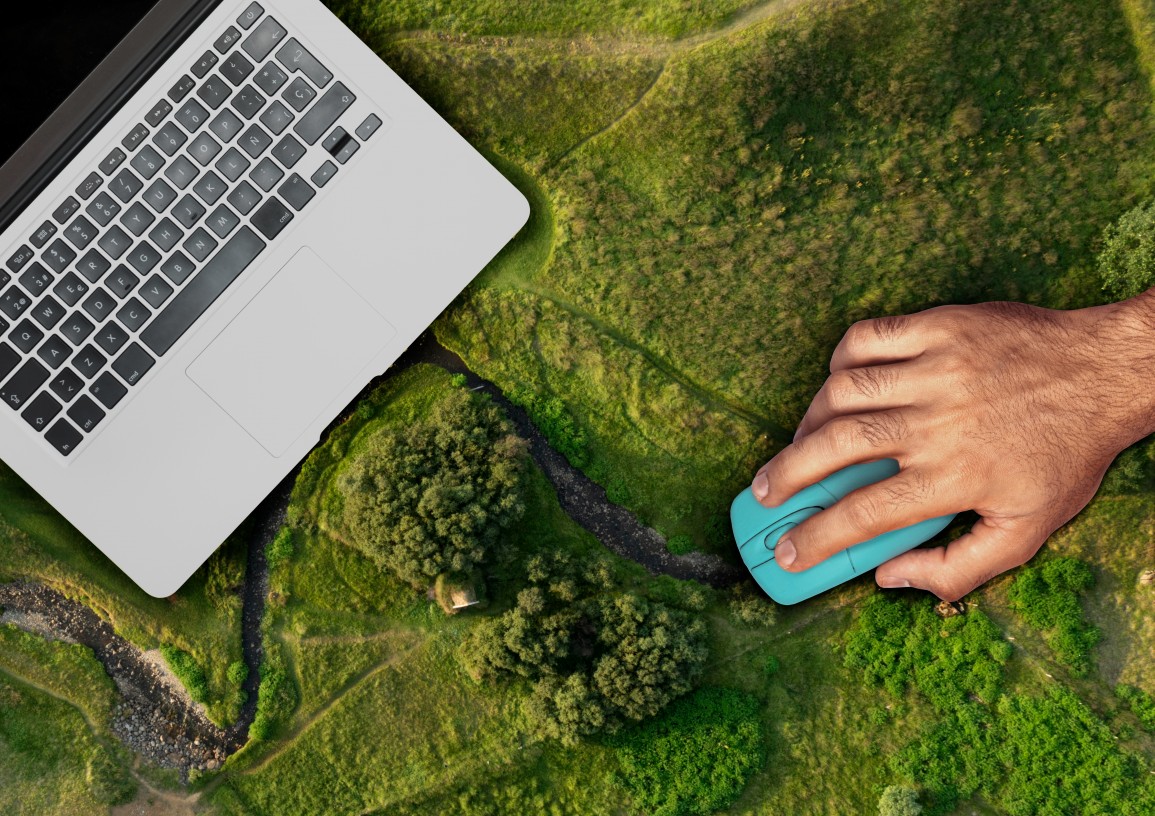Websites have a carbon footprint, too.
Consumers are increasingly conscious of the environmental impact of their choices. This extends to the digital world as well. While a website might seem intangible, the reality is it has a carbon footprint. The good news? By embracing sustainable web design practices, you can showcase your brand's commitment to the environment while creating a user-friendly and high-performing website.
Why Go Green with Your Website Design?
There are several compelling reasons to prioritize sustainability in your web design:
- Align with your target audience: Many consumers today actively seek out brands that align with their values. A sustainable website demonstrates your commitment to environmental responsibility.
- Reduce your environmental impact: Websites can consume significant energy via server usage and data transmission. Sustainable design practices minimize this footprint.
- Boost website performance: Eco-friendly design principles often overlap with best practices for website speed and optimization, leading to a better user experience.
- Save money: Sustainable websites tend to be lighter and load faster, potentially reducing server costs.
How We Design Eco-Friendly Websites:
Some key strategies we consider when designing and building sustainable websites:
- Prioritizing clean code and efficient design: Streamlined code and a well-organized website to minimize the amount of data required to load each page.
- Optimize images: Large, uncompressed images are major contributors to website weight. We use efficient image formats (like WebP) and compress images without sacrificing quality.
- Leverage a Content Delivery Network (CDN): A CDN stores your website content on servers around the world, delivering it to users from the closest location. This reduces the distance data needs to travel, saving energy.
- Choosing a green hosting provider: We leverage web hosting companies that use renewable energy sources to power their servers. Many offer certifications to verify their commitment to sustainability. Interested?! Here are a few resources: The Green Web Foundation | GreenGeeks Hosting | Best Green Hosting 2024 List
- Minimize unnecessary features: Flashy animations and interactive elements can be visually appealing, but they can also increase website weight and energy consumption. We use them strategically and sparingly.
- Consider a static website: For websites with mostly static content (like brochures or portfolios), a static website can be a more sustainable alternative. They require less server processing power.
Dig Deeper, Going Beyond the Basics:
- Promote responsible user behavior: Encourage users to limit unnecessary page reloads and consider offering an "eco-mode" that reduces animations or disables non-essential features.
- Offset your website's carbon footprint: There are organizations that offer carbon offset programs specifically for websites. You can contribute to these programs to balance out your website's energy consumption.
Sustainable web design is an ongoing process, but by implementing these strategies, we can create a beautiful, user-friendly website that minimizes your environmental impact. It's a win-win for your brand and the planet!










